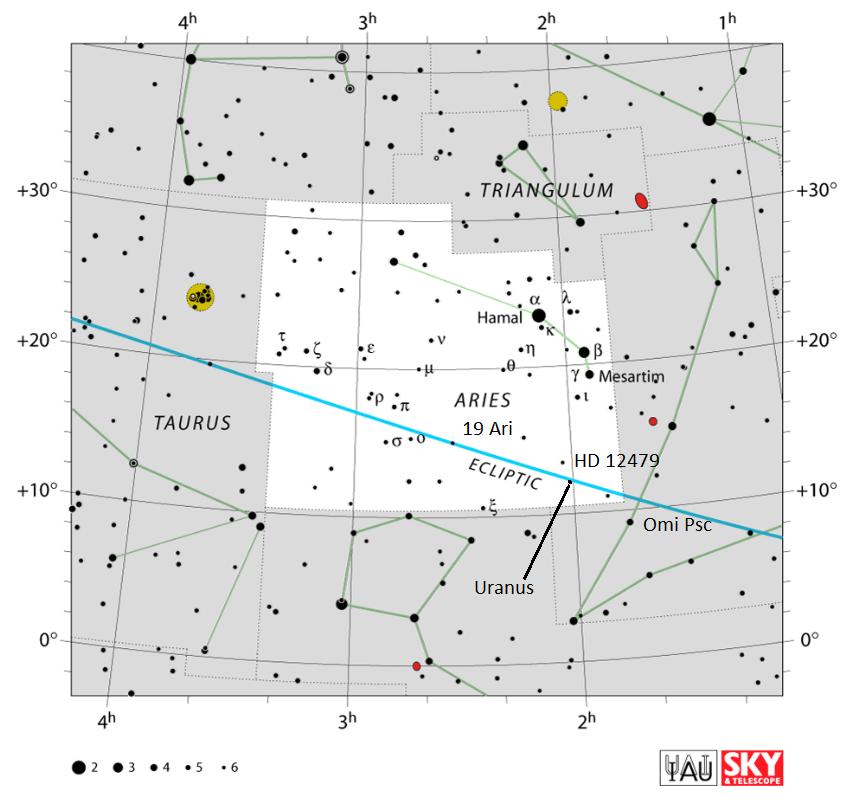
Maybe Nadir Crater is a collapsed volcanic structure after all. Smit also doubts that a 400-meter-wide space rock plunging into an 800-meter-deep ocean is able to carve out a neat impact crater. The association with Chicxulub has an uncertainty window of about a million years, so it’s not very convincing yet.” “It’s a nice observation,” says geologist Jan Smit (Free University, Amsterdam), who studied the Chicxulub event in detail, “but in my view, it’s pure speculation. Other scientists remain skeptical at this point. Interestingly, an impact in Ukraine, the 24-kilometer-wide Boltysh Crater, has an estimated age of 65.4 million years and could have been formed as part of the same impact cluster. After Comet Shoemaker-Levy 9 was torn apart, its fragments impacted Jupiter, leaving black scars.įinally, the team speculates about an “impact cluster,” similar to the one that appears to have occurred during the Ordovician, when the collisional break-up of a main-belt asteroid resulted in a period of a few million years with a higher-than-average rate of meteorite impacts. After all, we know that many asteroids are accompanied by small moonlets, and there are confirmed cases of dual impacts, like the 470-million-year-old Lockne and Målingen craters in Sweden.Īnother possibility is that the original asteroid (or comet) broke up into one large and several small pieces as a result of tidal forces during an earlier close encounter with Earth, just like Jupiter’s tidal forces tore apart Comet Shoemaker-Levy 9 before the resulting fragments smashed into the planet’s atmosphere in 1994. Maybe the impactor was a binary asteroid. So might there be a connection with the Chicxulub impact? Nicholson and his colleagues think so. (Incidentally, 400 meters is comparable to the diameter of asteroid Bennu, which has a tiny but real chance of impacting Earth 160 years from now.) It’s buried beneath a few hundred meters of sediment, but the characteristic circular structure, raised rim, and central peak show up in seismic measurements.įrom the location of the crater with respect to the various geological layers, the authors conclude that it is 66 million years old, although there’s an uncertainty of at least 500,000 years in the age estimate.Ĭomputer modeling by team member Veronica Bray (Lunar and Planetary Laboratory, Tucson) suggests that Nadir Crater could have been formed by a 400-meter-wide asteroid, causing widespread regional devastation, as well as a 900-meter-high tsunami traveling around the globe. The Nadir crater (named after a nearby seamount) is about 9 kilometers across and lies some 350 kilometers out of the coast of the African countries Guinea and Guinea Bissau. The impactor itself was some 12 kilometers wide.Ī team led by Uisdean Nicholson (Heriot-Watt University, Edinburgh) now says that a smaller crater in the eastern Atlantic Ocean has approximately the same age as Chicxulub, suggesting that the two impacts may have been related. In particular, the cosmic catastrophe left Chicxulub impact crater, 180 kilometers (110 miles) wide, under the current coastline of the Yucatán peninsula in Mexico. In the August 17th Science Advances, scientists report the discovery of what appears to be the scar of a smaller impact that occurred at roughly the same time.Įvidence suggests an extraterrestrial intruder caused the big extinction event at the boundary between the Cretaceous and the Paleogene geological periods (see Sky & Telescope’s October 2021 issue). The asteroid that wiped out the dinosaurs 66 million years ago might not have been alone. The description of night sky items is done very well.The large asteroid that created the Chicxulub Crater - and spelled doom for the dinosaurs - may have had smaller companions. “ Thumbs up! Very nice for beginners to intermediate. Find a list of easy subscribe options here. You can also use our RSS feed to subscribe. Subscribe today on Apple Podcasts, Spotify, Stitcher, or Google Podcasts, or your favorite podcast app. You’ll also learn when and how to see the planets, what constellations dominate the evening sky, and what nights are best for moonless observing.ĭownload the Sky Tour astronomy podcast onto your favorite device and take it along when you head outside and underneath the stars- you’ll get an expert guided tour of the night sky. Learn about the celestial happenings that everybody will be talking about, such as meteor showers and eclipses.




Kelly Beatty covers each month’s highlights of the night sky in a bite-size podcast. Discover the night sky! For a guide to the celestial events coming up this month, listen to our Sky Tour astronomy podcast.


 0 kommentar(er)
0 kommentar(er)
